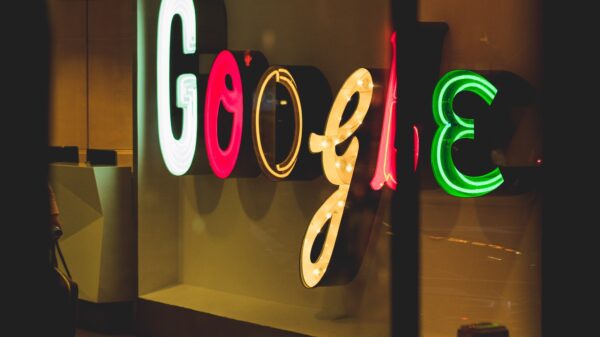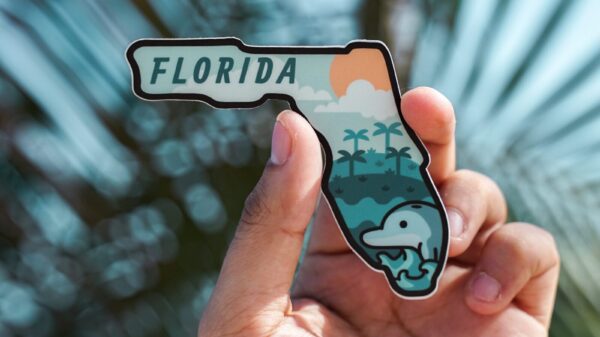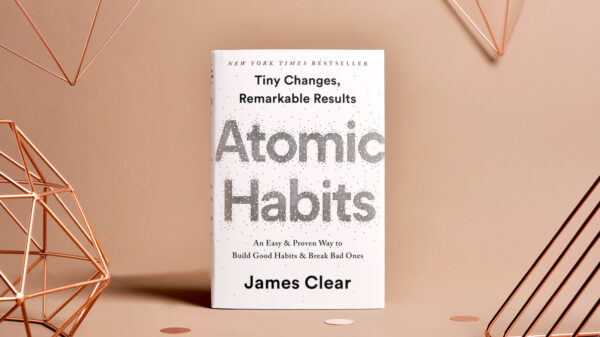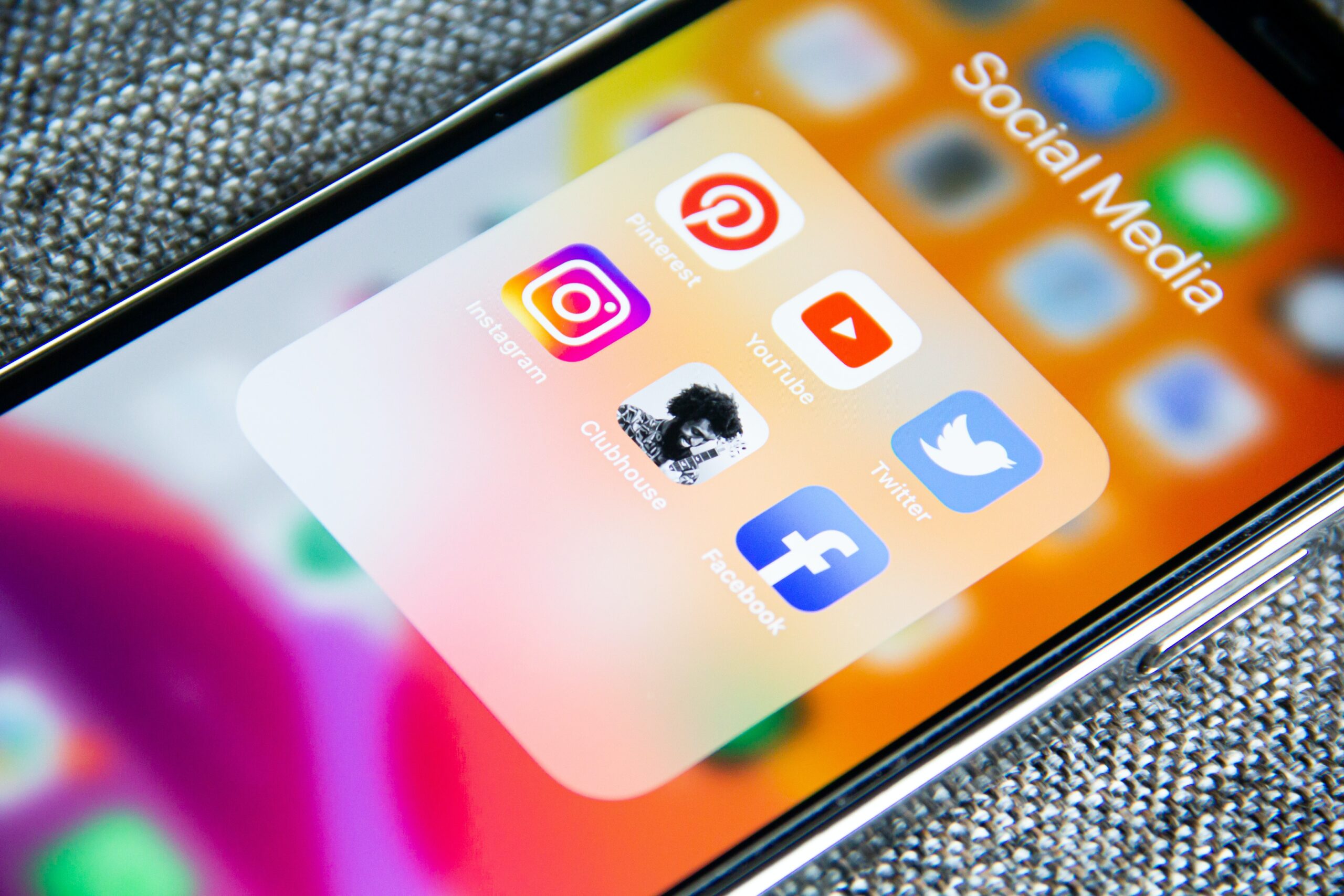In today’s evolving digital landscape, social media plays a significant role in the success of businesses and brands. However, it’s important to understand the distinction between paid and organic social media strategies to effectively reach and engage your target audience. This article will explore the characteristics and benefits of both paid and organic social media, along with practical examples to demonstrate their application.
Paid Social Media (aka “Paid Social”):
Paid social media refers to advertising on various social platforms by investing monetary resources to boost reach, visibility, and engagement. These paid campaigns enable businesses to strategically target specific demographics and reach a wider audience through advanced targeting options provided by platforms like Facebook, Instagram, Twitter, and LinkedIn. Here’s a practical example:
Imagine you own a boutique clothing store and you want to promote a seasonal sale. With paid social media, you can create compelling ad campaigns that appear in your target audience’s social media feeds. You might target women aged 25-40, living in a specific area, with an interest in fashion. By investing in paid advertising, you can significantly increase the visibility of your sale, generate traffic to your store or website, and drive conversions.
Organic Social Media (aka “Organic Social”):
Organic social media refers to the use of social platforms without investing in paid advertising. It entails creating and sharing content, engaging with your audience, and growing your presence naturally. While organic reach may be limited compared to paid strategies, it allows businesses to establish a genuine connection with their audience and build brand loyalty. Here’s a practical example:
Imagine you run a small coffee shop in a local neighborhood. With organic social media, you can create a dedicated Instagram account where you regularly post photos of your delicious coffee, cozy ambiance, and specials. Through hashtags, geotagging, and engaging captions, you can attract locals to follow your account, like your posts, and visit your coffee shop. Organic social media allows you to engage directly with your customers, respond to comments and messages, and cultivate a loyal community.
Key Differences:
1. Reach: Paid social media offers the advantage of reaching a wider audience beyond your current followers, whereas organic social media relies on building your follower base over time.
2. Targeting: Paid campaigns allow you to target specific demographics, interests, behaviors, and locations, whereas organic reach depends on your followers’ engagement and their networks’ reachability.
3. Cost: Paid social media campaigns require a budgetary investment, while organic social media is cost-free, excluding your time and effort.
4. Speed: Paid social media campaigns can generate immediate results and visibility, while organic social media requires consistent effort and may take longer to yield substantial results.
Both paid and organic social media strategies play a crucial role in a comprehensive social media marketing plan. Paid social media helps expand reach, acquire new customers, and achieve short-term goals, while organic social media fosters brand loyalty, builds authentic connections, and supports long-term growth. Businesses need to strike a balance between the two strategies to optimize their social media presence and achieve their marketing objectives.





































